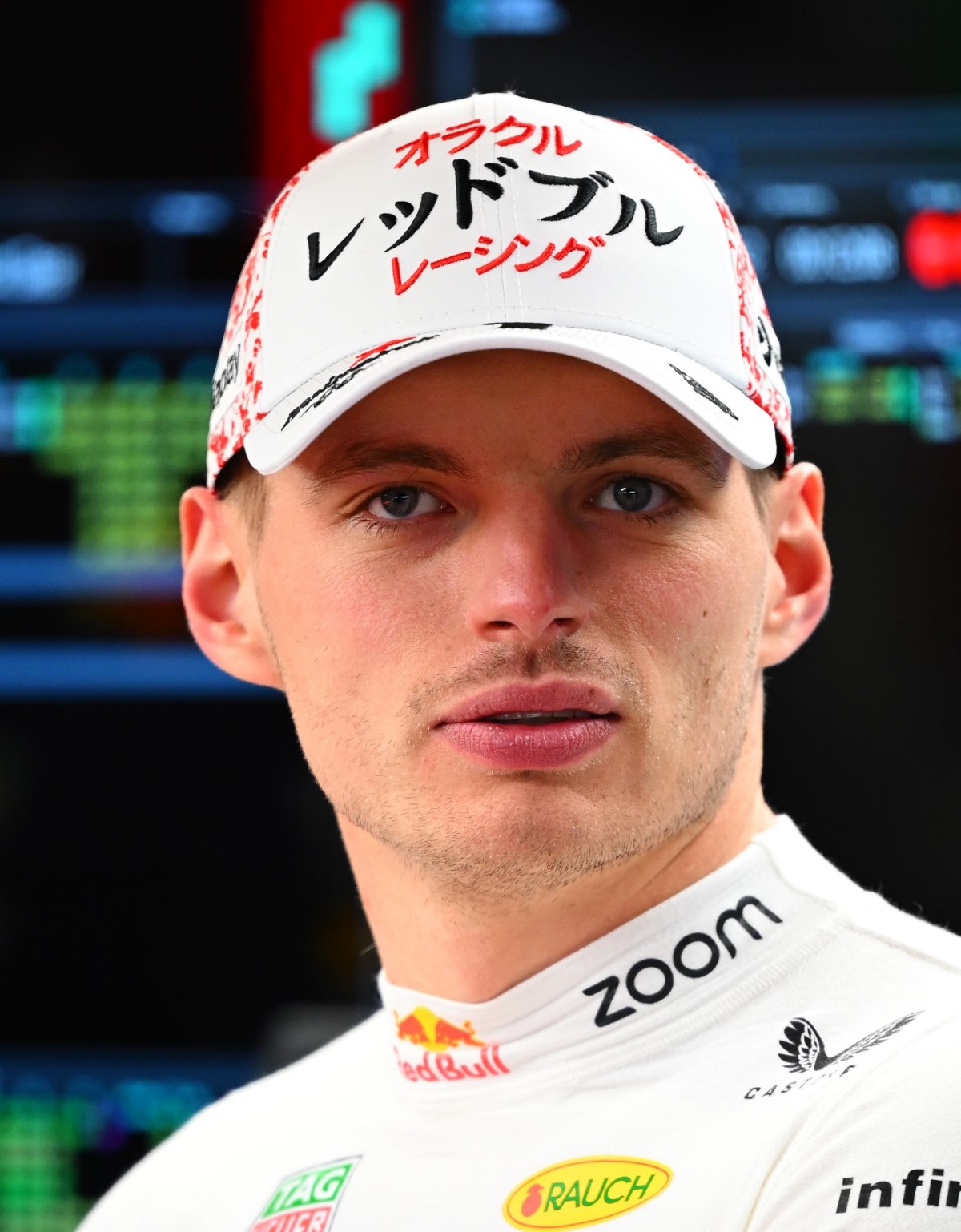F1 News: Verstappen opposes Aero gimmicks for 2026 F1 Cars
F1 and the FIA have gotten themselves in a real bind with its 2026 F1 cars because of the decision to appease tree-huggers and have 50% of the power output from electric.
–by Mark Cipolloni
The planned 50/50 split between the internal combustion engine and battery means that power will be down overall and could run out at the end of straights.
To compensate for such stupidity, the idea of moveable wings (Active Aero) is being explored to reduce drag on the straights. But if the rear wing is opening for Active Aero, how will it also open for DRS? No DRS and passing drops significantly.
Alternatively, Push-to-pass can be used instead, by using either increased turbo boost or increased electric power, but in the case of electric power, that might mean an even larger battery.
And now with cars spinning out on the straights in the simulator because of severe aero imbalance, they have to also make the front wings move on the straights to reduce drag at the front of the car.
And the wings have to close in time for the corner or the driver crashes and the cars sustains $ millions in crash damage and/or driver bodily injury. What happens if one front wing gets slightly damaged and does not open or close? Answer – the driver gets caught out and crashes.
Related Article: F1 News: ‘Frankenstein’ 2026 cars beginning to raise alarm bells
The cars are too big and too heavy now and with 50% of the power coming from electric, the battery has to be even larger and heavier – exactly what no one wants.
By committing to 50% electric power, F1 and the FIA have boxed themselves into a corner.
“With the engine regulation that they went into, they kind of need to do that to create the top speed where the battery stops deploying and stuff,” Max Verstappen told Autosport.
“Some tracks will work a bit better, and some tracks probably it’s a bit more on the edge (running out of battery).
“Of course, people will try to counter my arguments, but I guess we’ll find out anyway in ’26.”
“I think it’s all a consequence of the engine regulations,” Carlos Sainz Jr. added.
“In the end, if you have a lot more energy requested from the electric powertrain, you’re going to need to have, in a way, active aerodynamics to compensate.
“And this is where it all starts to get messy with the overtaking and the active aero, and how you can do that to help the car to go quicker on the straight and spend less time full throttle.
“Anyway, until we try them, it is I think unfair to criticize or to back the regulation change. And at the same time, if it has attracted manufacturers, big manufacturers like Audi, into the sport, I think it’s something that has to be appreciated and put into context.”
“My personal view is that these cars now are probably just too big and too heavy,” he added.
“If I would have to change something for tomorrow, it would be that. And then the suspension, I think the suspensions are becoming a big talking point in a lot of the tracks, and how taxing it can be for the driver.
“So, if I would have to request something to the FIA for 2026, if we are going to have active aero, why not active suspension to protect the back of the drivers and to protect our own health and the safety of certain tracks?
“It’s clear that right now we are asking way too many things to the tracks and to the circuits, to the organizations, to change many small bumps that before we wouldn’t even feel with the ‘21 car, and now we just can spin or have a pretty big accident because of those situations.”
